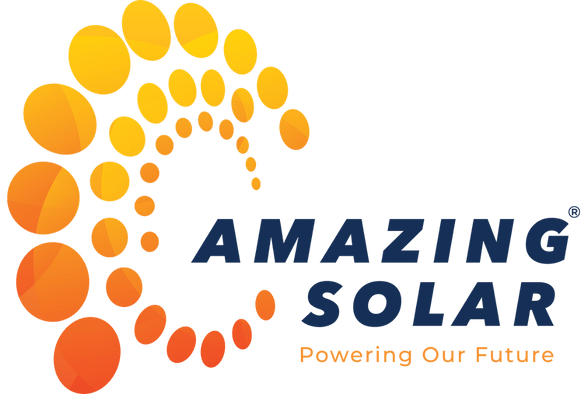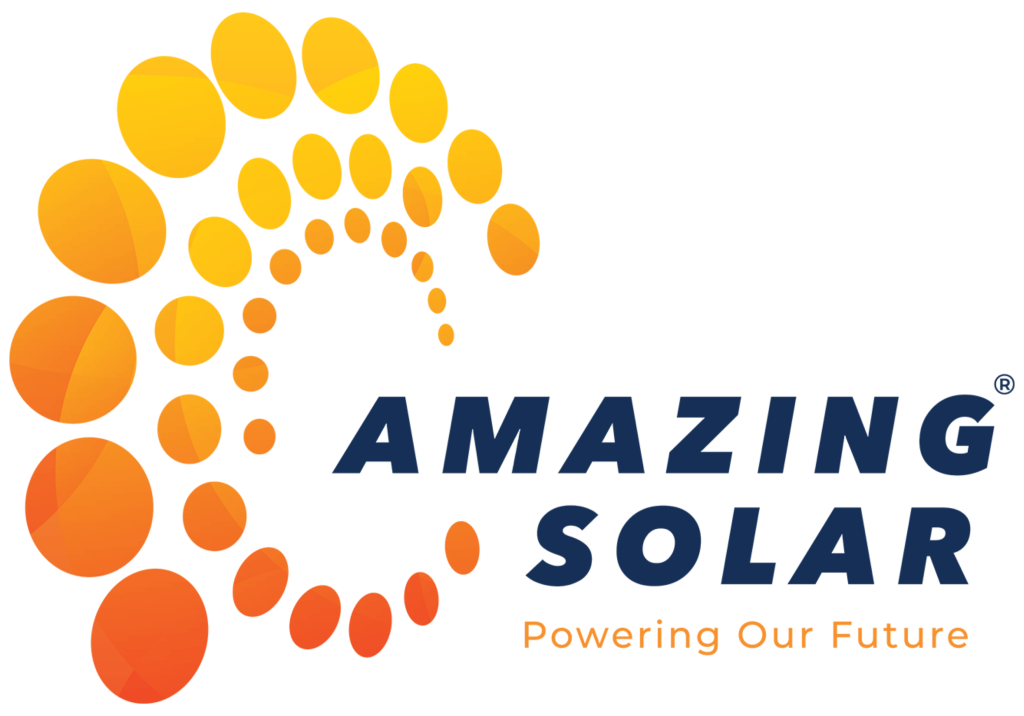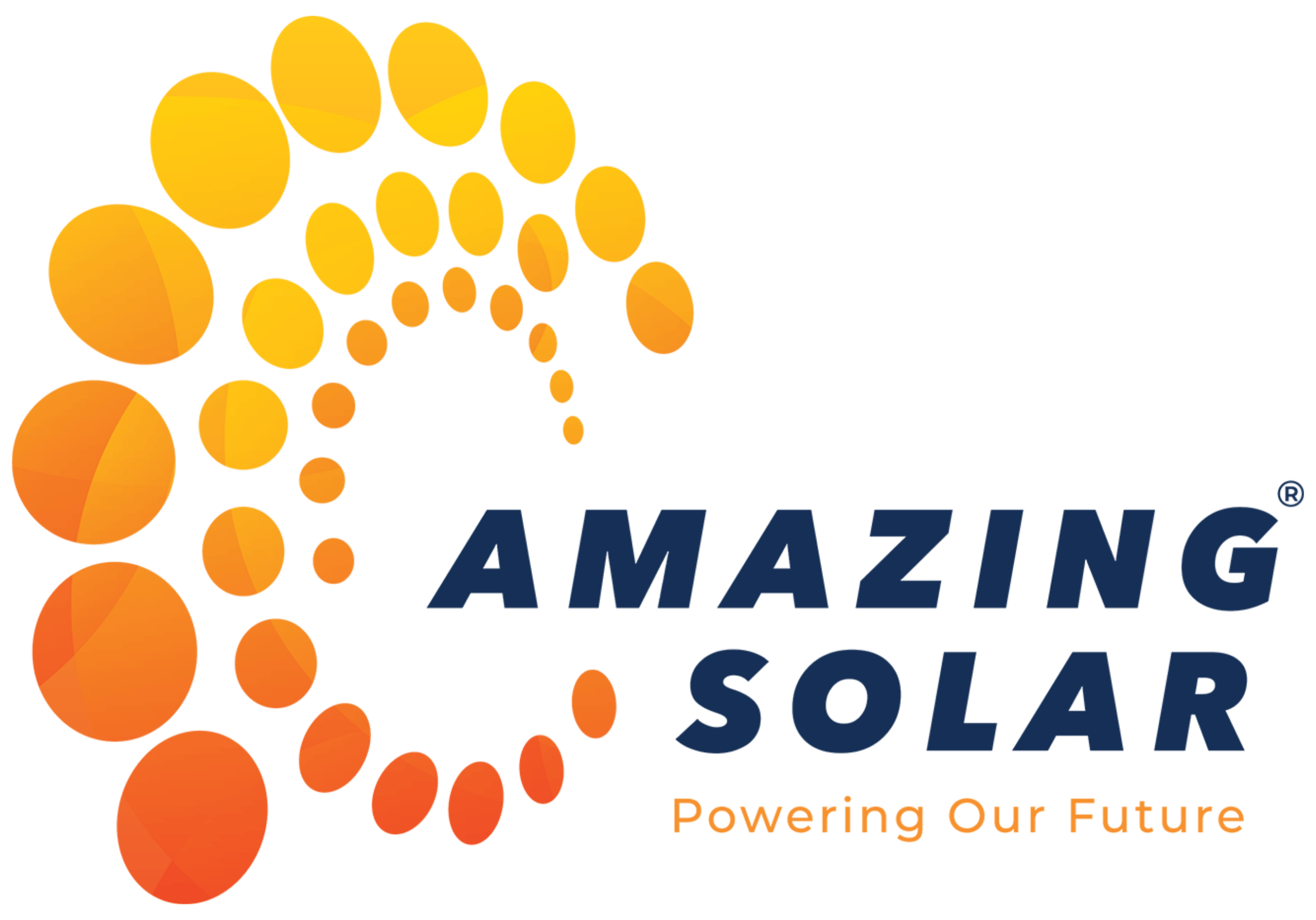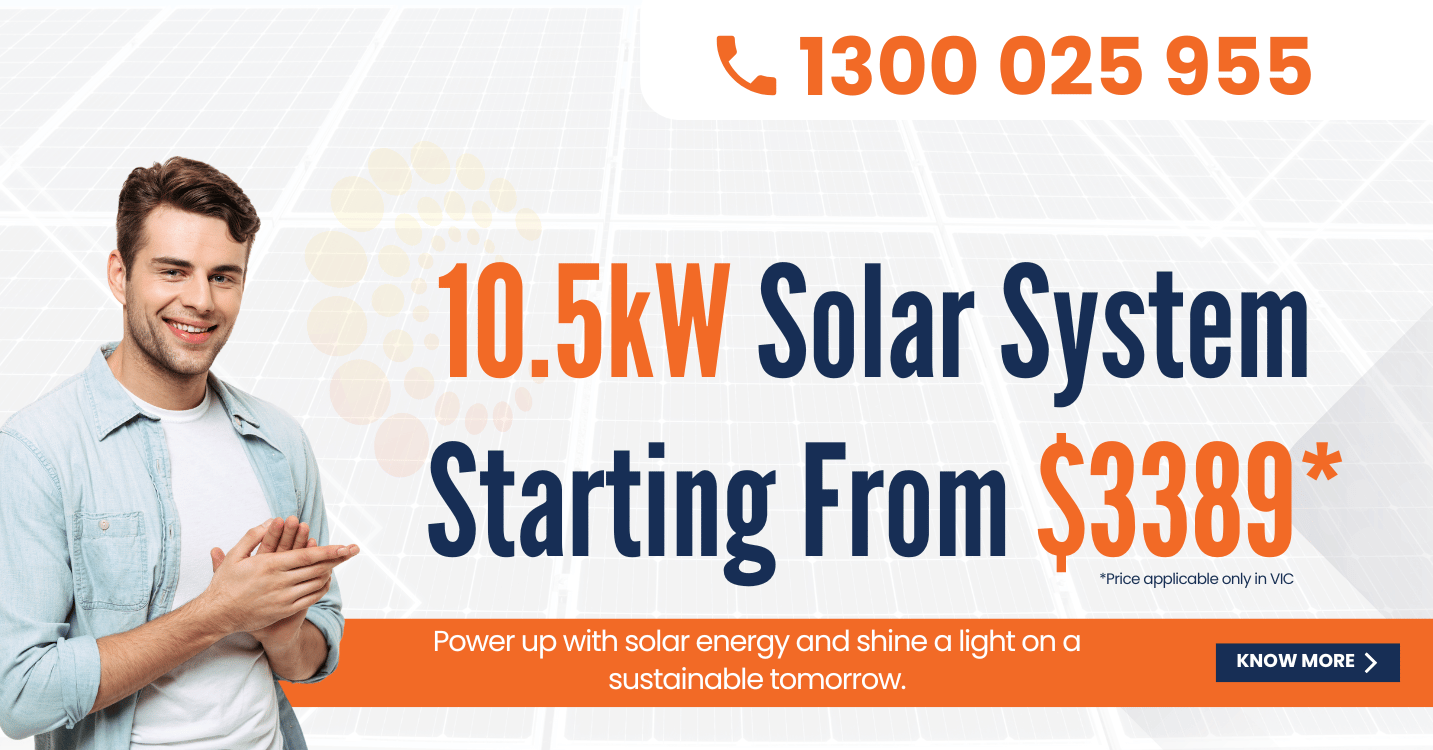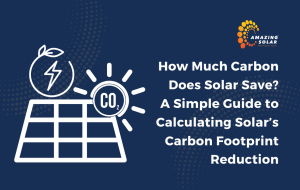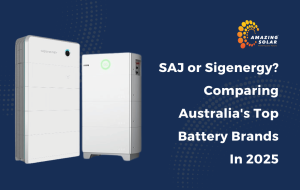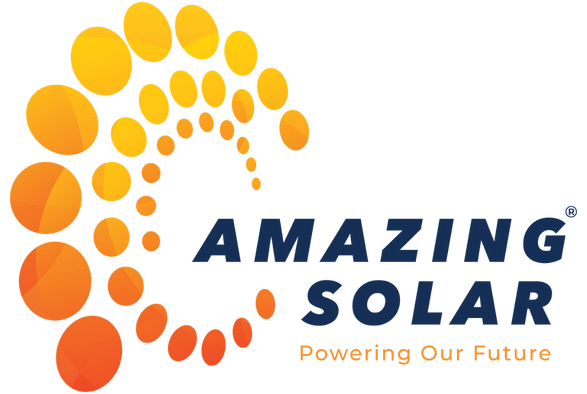At Amazing Solar Solutions, we’re passionate about empowering Australians with the knowledge they need to make informed decisions about solar energy. One of the most critical components of a solar power system is the inverter, often dubbed the system’s “heart.” To shed light on this essential device, we’ve compiled a list of frequently asked questions from our community, along with expert insights to guide you on your solar journey.
1. What is a solar inverter, and why is it essential?
A solar inverter converts the direct current (DC) electricity generated by your solar panels into alternating current (AC), which is the standard electricity used in Australian homes and businesses. Without an inverter, the DC power produced by your panels wouldn’t be usable for your appliances or exportable to the grid.
2. What are the different types of solar inverters available?
There are primarily three types of solar inverters:
- String Inverters: These are the most common and are connected to a series (or string) of solar panels. They are typically more cost-effective but can be less efficient if panels are shaded or oriented differently.
- Microinverters: Installed on each panel, microinverters allow individual panel optimisation. This setup is beneficial for roofs with shading issues or multiple orientations but comes at a higher cost.
- Hybrid Inverters: These inverters can manage both solar panels and battery storage systems, offering flexibility for those considering adding batteries in the future.
3. How do I choose the right inverter for my solar system?
Selecting the appropriate inverter depends on several factors:
System Size and Design: Ensure the inverter’s capacity matches your solar array’s size.
Roof Characteristics: For roofs with shading or multiple orientations, microinverters or power optimisers might be more suitable.
Future Expansion: If you plan to add battery storage later, a hybrid inverter could be a wise choice.
Budget: While microinverters offer advantages, they come at a higher price point. Assess your budget and weigh the benefits accordingly.
4. Which inverter brands are considered the best in Australia?
Based on recent industry insights, here are some top-rated inverter brands in Australia
Fronius – An Austrian manufacturer renowned for its reliability and efficiency. Their Gen24 series has been particularly praised for its performance and durability.
Sungrow – A Chinese brand that has gained a strong reputation for producing cost-effective and reliable inverters. Their SHRT hybrid inverter is popular among Australian installers.
Enphase – Specialising in microinverter technology, Enphase offers high-quality products that optimise individual panel performance, making them ideal for complex roof designs.
SolarEdgec – Known for their power optimisers, SolarEdge inverters enhance system efficiency by managing the performance of each panel individually.
SMA – A German company with a long-standing reputation for producing robust and efficient inverters suitable for various system sizes.
5. How long do solar inverters typically last?
The lifespan of a solar inverter varies based on the type and brand:
- String Inverters: Typically last between 10 to 15 years.
- Microinverters: Often come with warranties up to 25 years, reflecting their longer expected lifespan.
Regular maintenance and monitoring can help extend the life of your inverter.
6. What maintenance does a solar inverter require?
Inverters are generally low-maintenance, but to ensure optimal performance:
Regular Monitoring: Keep an eye on the system’s performance through monitoring platforms to detect any anomalies.
Physical Inspection: Periodically check for dust, debris, or signs of wear and tear. Ensure the inverter is in a well-ventilated area to prevent overheating.
Professional Servicing: Consider having a professional inspect your system every few years to ensure all components, including the inverter, are functioning correctly.
7. Can I upgrade or replace my inverter without changing the entire solar system?
Yes, you can replace or upgrade your inverter independently of the solar panels. However, it’s crucial to ensure compatibility between the new inverter and your existing panels. Consulting with a professional installer can help determine the best options for your specific setup.
8. Are there warranties available for inverters?
Most reputable inverter manufacturers offer warranties:
- Standard Warranty: Typically ranges from 5 to 10 years.
- Extended Warranty: Some manufacturers provide options to extend the warranty period, sometimes up to 20 or 25 years.
It’s advisable to review the warranty terms carefully and consider the manufacturer’s reputation for honouring warranty claims.
9. How does shading affect inverter performance?
Shading can significantly impact the efficiency of your solar system:
- String Inverters: Shade on one panel can reduce the performance of the entire string.
- Microinverters or Power Optimisers: These technologies allow each panel to operate independently, minimising the impact of shading on the overall system performance.
Choosing the right solar inverter is crucial for maximising your solar system’s efficiency, longevity, and overall performance. Whether you opt for a string inverter, microinverter, or hybrid inverter, understanding your home’s energy needs, roof layout, and future battery plans will help you make an informed decision.
At Amazing Solar Solutions, we’re here to guide you every step of the way—from selecting the perfect inverter to professional installation and ongoing support. If you’re ready to harness the sun’s power more efficiently, let’s chat!
Call us today at 1300 025 955 and take the next step toward a smarter, more sustainable energy solution!

